|
|
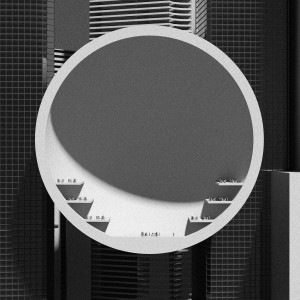 Pantheon, Ng Siu Cheong Eric Pantheon, Ng Siu Cheong Eric
Library is a place providing a spiritual separation from the real world, similar to Louis Kahn description to Pantheon: “a world within a world”. Advancement of technology introduced althernvative ways of access to knowledge but the needs of quality reading space in high-dense urban are retained and Library design will be about the making of spiritual worlds where people are seduced to read and stay for knowledge exploration.
WHAT?
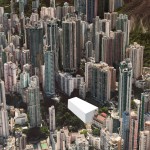 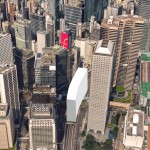 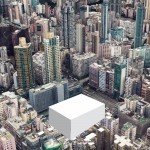
(Left to right: Caine Road Garden, Connaught Road Central , Mong Kok Police Station)
With the advancement of information technology, the needs and the formation of libraries are changing. This thesis aims at defining irreplaceable functions of a public library but not adding a long list of social, community or knowledge interexchange/discussions programmes which could be replaced by other facilities in the city. It is a separated world from busy urban environment for people to read, being attracted to read and storing some books and materials for them to read. It would be a standalone building, but not part of a building attaching to a museum, a community centre, a market, a shopping mall, a book store or a cinema. Thus, the scale of the building will be similar to a medium size of commercial building in Central.
A higher urban density will induce a higher demand of public reading spaces. The need of public facilitates increase when the kind of services and the quality of space is more difficult to be provided or replaced by privately owned facilities. Combined with extremely high density and high cost of land, high quality reading environment in Hong Kong is very limited and expensive to be provided privately. The busy life and lack of quality reading space reduces the interest of reading. The proposed test case sites (Caine road garden, Connaught Road Central and Mong Kok) in Hong Kong are selected because they reflect different high-density conditions in terms of programme: residential, commercial and mixed uses. The scale of the building will not be too large to fit into a high land cost place without over interference to the neighbourhood, and to balance the tension of the density by providing a cultural public space for the community.
WHY?
 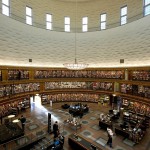 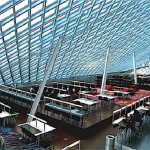
(Left to right: Sainte-Geneviève Library, Stockholm Public Library, Seattle Central Library)
The thesis would aim at defining irreplaceable functions of a public library but not Modern public library started from values and ideas from Enlightenment which encourages pursuit of “individual liberty, equal rights, religious toleration, freedom of speech, freedom of press, the right to education and political participation” by the free use of reason and scientific inquiry. Modern public library system was founded in Britain by the Public Libraries Act in 1850 which legislatively started the creation of universal free access to information and literature. Sainte-Geneviève Library in Paris and Stockholm Public Library in Sweden are two main early example of making library spaces, demonstrating the early relationship of book and human. It demonstrated some ideas in several design factors in the making of great reading space: (1) Relationships between reading space and book stacks; (2) Access of natural lighting and its relationship with ambiance making; and (3) Ratio of reading space , book storage and supportive units.
Since knowledge is getting digitalizing and the interests on reading is declining, the number of users and books borrowed from public libraries decreases generally as people can get most of the knowledge from the internet. To attract more people to library, there is a trend of expanding its social programmes, media types and commercials. Design issues of libraries interested in new libraries are promoting interaction and knowledge exchange, experiences, and their relationship to community. Examples of this trend could be found in Seattle Central Library and Future Helsinki Central Library.
However, this trend will diminish the core essences of library and will turn it to be a component of a community centre, a learning resource centre, a café, a market or a museum in foreseeable future. Especially in high dense urban city like Hong Kong, people are too busy and quality reading spaces are limited. Book itself cannot raise the interest of reading but high quality reading space is possible. To attract more people to library in busy city, the design of future library in these areas should focus on people related habits, needs and lack of reachable reading space for them and the making of book/reading seductive space.
HOW?
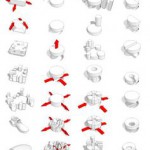 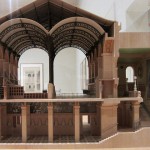 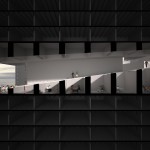
This thesis will begin with case studies of top tier libraries in different period of time to trace the trend and thinking of library design development in the history. Based on that, making of future library will be predicted and it will be evaluated in terms of design and its effects to the design development of library to identify the ideal design directions and thinking of the making of future library. I will put these set of new design directions and thinking to different sites to test with different high density urban context. Renderings, diagrams and models will be made to test and visualize its space making potential in each steps to generate forms.
Step 1: 21/12 – 04/02: Case studies and analysis of selected libraries. Develop a catalog of libraries.
Step 2: 05/02 – 17/02: Identify the ideal design directions of the future library.
Step 3: 18/02 – 14/03: Research on potential high density urban environment and test with massing and programmes
Step 4: 15/03 – 11/04: Choose the most suitable site and develop the design ideas from the previous steps to a building to demonstrate the new thinking of library design.
Step 5: 12/04 – 23/05: Production
BIBLIOGRAPHY
- Corinne Bélier, Barry Bergdoll, Marc Le Cœur, 2012, Henri Labrouste: Structure Brought to Light, New York: Museum of Modern Art
- Michael Kubo and Ramon Prat, 2005, Seattle Public Library, OMA/LMN, the University of Michigan
- Edwards Brian, 2002, Libraries and learning resource centres, Architectural Press
- David Jenkins, 2012, Free University of Berlin
- Peter Blundell Jones, 2006, Gunnar Asplund, Phaidon
- Philip Jodidio, 2008, I.M. Pei: Complete works, Rizzoli
- Mateo Kries, 2012, Louis Kahn: the power of architecture, Weil am Rhein : Vitra Design Museum
- Glenn E. Wiggins, 1997, Louis I. Kahn: The Library at Phillips Exeter Academy, Van Nostrand Reinhold
- Timo Tuomi, 1998, Alvar Aalto in Seven Buildings, Museum of Finnish Architecture and Contributors
- Karl Fleig, 1995, Alvar Aalto, Birkhauser Verlag
- Roger Stonehouse and Gerhard Stromberg, 2004, The Architecture of The British Library at St Pancras, Spon Press
- Riken Yamamoto, 2009, Toyo Ito, Phaidon
|